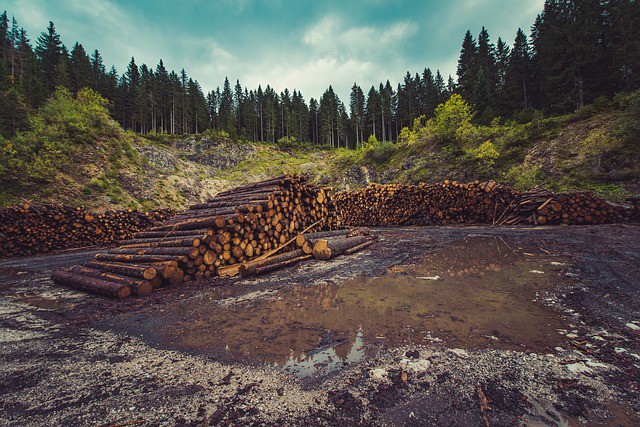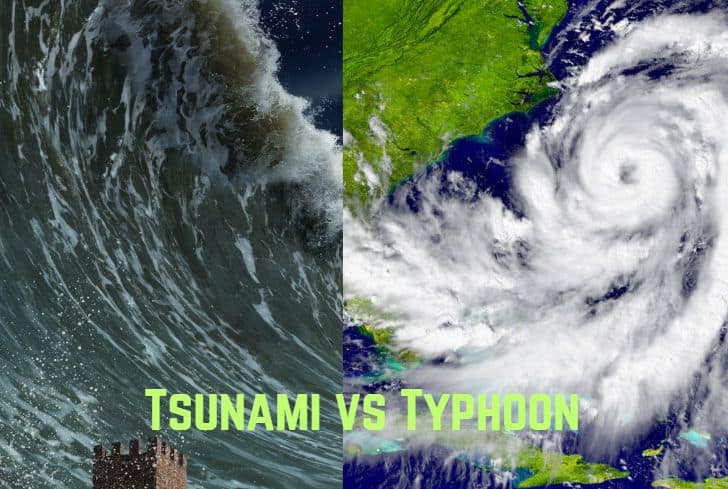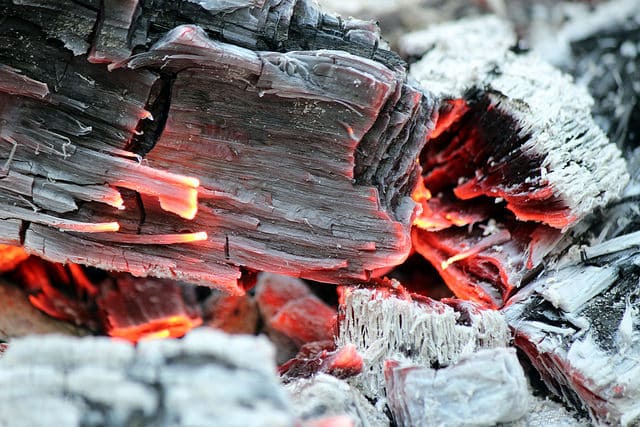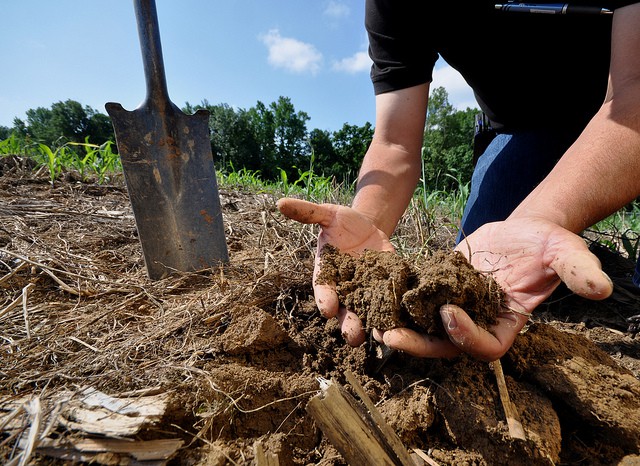What is Forest Degradation and What are Various Causes of it

Forest degradation results owing to decrease in tree cover, the biodiversity in the forests or the changes to a lower state of the forest structure. Degradation refers to damage or reduction in quality of certain features of the forests. Continued degradation of the forests can destroy the entire forest cover and biodiversity, and it mainly occurs because of environmental and anthropogenic changes.
For example, when acid rains or wildfires destroy a forest area, it can be categorized as forest degradation. In proper terminological definition, forest degradation is the decline of the capacity of a forest to produce healthy ecosystem products and services such as the provision of timber and other resources, support to biodiversity, carbon storage and so on as a result of environmental and anthropogenic changes.
Causes of Forest Degradation
- Climate Change
Changes in world’s climate due to extreme alterations of average atmospheric temperatures are a leading cause of forest degradation. These changes in climate cause extended droughts and extremely dry or cold periods which create undesirable environmental conditions for tree covers to thrive.
Prolonged dry conditions and droughts can equally dry out the water systems running through the forests thereby gradually reducing the number of trees and species in such areas. Climate change causes extreme alterations in forest ecosystems. In most cases, animals are forced to migrate to other regions, reducing the quality of forest ecosystems.
- Forest Fires
Forest fires such as the ones that commonly happen in dry tropical forests are a major cause of forest degradation. Forests fires may arise on the account of natural, accidental, and human causes. Whenever forest fires are experienced, thousands of acres of trees and vegetation cover are wiped out. Almost every year, forests fires are witnessed across different forest region on earth which persistently affects the economy and biodiversity.
- Pests and Diseases
Just like in agricultural practices where farmers incur crop and animal production losses from the impacts of pest and diseases, so is the case in forest lands and vegetation cover. Numerous trees and vegetation covers are destroyed by pests and diseases throughout the year. The general outcome is a reduction in quality of specific aspects of the forests such as biodiversity and food chain relationships because of the death of certain plant and animal species.
- Air Pollution
Air pollution is a substantial causal factor for forest degradation. Pollution of the air by harmful gases and emissions leads to atmospheric acidification and acid rain that causes damage to trees and vegetation cover. Acid rain destroys the leaves of trees and vegetations needed for photosynthesis and alters the acidity of the water systems supporting the forests. The acidic compounds present in acid rain can also extensively damage vital forest ecosystems and biodiversity.
- Forest Fragmentation
Fragmentation can also contribute to forest degradation. Fragmentation pertains to separation of large forest areas into smaller pieces. It mainly occurs due to natural causes such as tectonic movements or flooding. Fragmentation destroys healthy ecosystems since large forest animals mostly flourish in large forest regions as opposed to pieces of forests. Fragmentation also changes the food chain interactions and the mutual relationships within the forest physical environments.
- Land Pollution
One of the calamitous effects of land pollution is the destruction of nearby forests together with its ecosystems. Discharge of various kinds of chemicals on land adjacent to forest regions makes the environment unappealing to the survival of trees, vegetations, and animal species. It even interferes with the animals interactive food chains because the chemicals contaminate plants and waters which are consumed by the animals.
- Soil Erosion and Sedimentation
Soil erosion and sedimentation is linked to forest degradation essentially because many stable lands supporting healthy, rich, valuably matured forests disappear due to the erosion of river banks and sedimentation. Studies reveal that this type of forest degradation is common hill forest areas.






